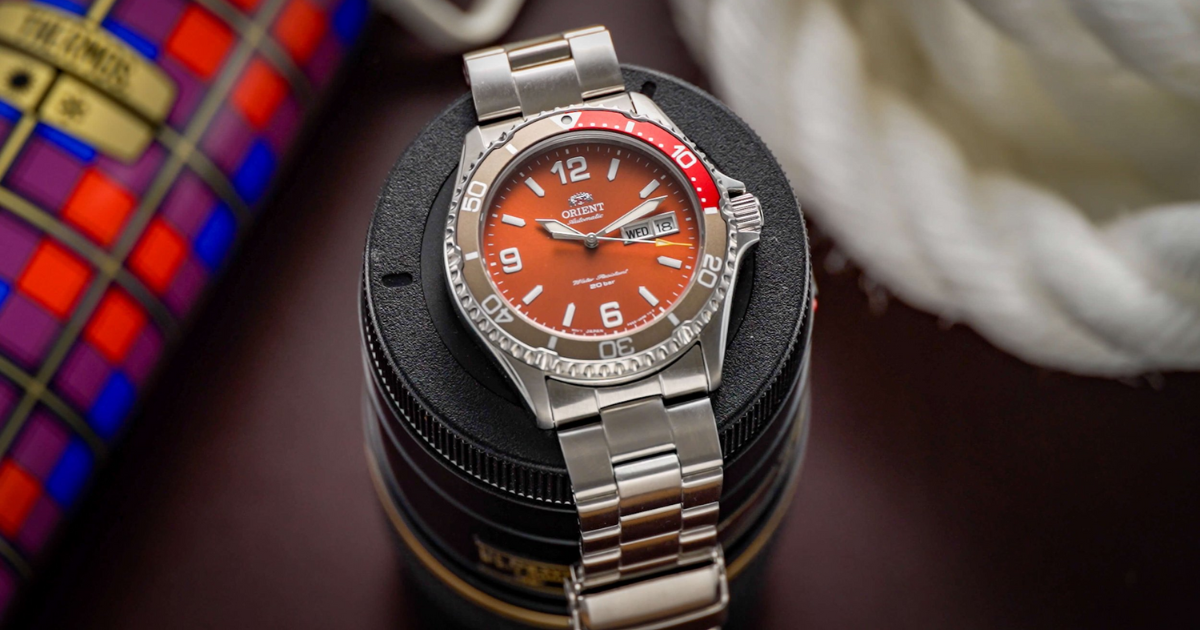Watch 101, Watch Basics
How to Identify Fake Watches
The world of luxury watches is filled with prestigious brands like Rolex, Omega, TAG Heuer, and Patek Philippe. Unfortunately, the popularity of these watches has led to a booming counterfeit market. Fake watches can be convincing, making it difficult to tell the difference between a genuine timepiece and a replica. Whether you’re a seasoned collector or a first-time buyer, knowing how to identify a fake watch is crucial to avoid scams.
Here’s a detailed guide to help you spot a counterfeit watch:
1. Examine the Brand’s Signature Details
Luxury watch brands have unique characteristics that set them apart. Counterfeiters often fail to replicate these details accurately. When inspecting a watch, check for:
- Logo and Engravings: The brand logo, name, and engravings should be sharp and well-defined. Fakes may have blurry or incorrect fonts.
- Serial and Model Numbers: Authentic watches have unique, deep-engraved serial numbers. Counterfeits may have shallow or poorly stamped numbers.
- Case Back: Many luxury brands, like Rolex, have solid case backs, while fakes often have clear or engraved case backs that do not match authentic designs.
2. Check the Weight and Materials
High-end watches are crafted from premium materials like stainless steel, gold, or platinum. Counterfeit watches often use cheaper metals and plastics, making them feel lighter.
- Weight Test: Genuine watches have a solid, heavy feel, while fakes feel flimsy.
- Metal Quality: Fake watches may have uneven or poor-quality finishes, while real watches have a flawless polish.
- Glass vs. Plastic: Authentic watches use sapphire crystal, which is highly scratch-resistant. If the watch glass scratches easily, it’s likely a fake.
3. Inspect the Movement
The movement is the heart of a watch. Luxury watches use intricate mechanical or automatic movements, while counterfeits often have cheaper quartz mechanisms.
- Smooth vs. Ticking Hand Movement: High-end watches have a smooth sweeping second hand, while fake watches often have a jerky, ticking motion.
- Open the Case Back (If Possible): If you can safely open the watch, compare the movement to official images or specifications. Fakes usually have poorly assembled, unbranded movements.
4. Look at the Dial and Hands
Luxury watches have precise craftsmanship on the dial and hands. Common red flags include:
- Misaligned Markings: The numbers, letters, or logos on a fake watch may be slightly off-center or crooked.
- Incorrect Fonts and Spacing: Compare the font style and spacing with a real model from the brand’s official website.
- Luminous Material: Many luxury watches have glow-in-the-dark features using high-quality lume. Fakes often have poor luminosity or none at all.
5. Test the Crown and Functions
Luxury watch crowns have smooth, sturdy rotations, while fakes may feel rough or loose.
- Screw-Down Crown: Many high-end watches have a screw-down crown for water resistance. If it feels cheap or doesn’t screw down properly, it’s likely a fake.
- Functionality Test: Try setting the date and time—fakes often have misaligned or non-functioning subdials.
6. Research the Seller and Price
If a deal seems too good to be true, it probably is. Avoid buying watches from unknown sellers, and always check reviews.
- Compare Prices: Check the official retail price of the watch. If it’s selling for a fraction of the price, it’s likely fake.
- Buy from Authorized Dealers: Purchase watches from official brand boutiques or certified pre-owned sellers.
Final Thoughts
Identifying a fake watch requires careful observation and knowledge of authentic watch details. By examining the weight, movement, engravings, and dial, you can avoid counterfeit scams. If in doubt, consult a professional watchmaker or buy from trusted sources to ensure authenticity.







